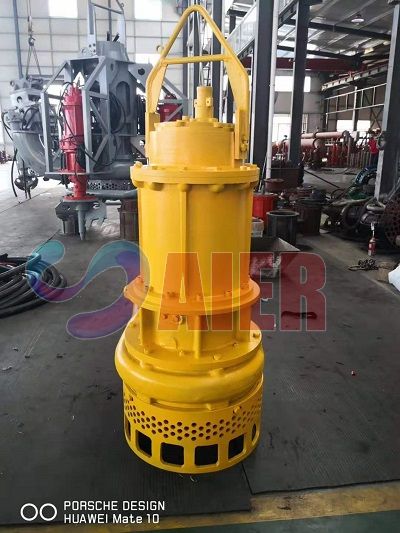డిసెం . 05, 2024 16:46 Back to list
Centrifugal Slurry Pump Components and Their Importance in Efficient Operation
Understanding Centrifugal Slurry Pump Parts
Centrifugal slurry pumps are critical components in various industries, particularly in mining, mineral processing, and the handling of slurries in wastewater treatment. These pumps are designed to transport abrasive and viscous mixtures, which require robust and reliable parts to operate efficiently. Understanding the key components of a centrifugal slurry pump can help in optimizing performance and ensuring longevity.
1. Pump Casing
The pump casing is the outer shell that encases all the internal components of the centrifugal slurry pump. It plays a vital role in containing the slurry and directing flow. Most casings are made of cast iron, but materials such as stainless steel or high-chrome alloys may be used depending on the application and the abrasiveness of the slurry. The design of the casing also affects the hydraulic performance, influencing how efficiently the pump can move the slurry.
2. Impeller
The impeller is one of the most crucial components of a centrifugal slurry pump. It converts mechanical energy into kinetic energy, propelling the slurry through the pump. Impellers in slurry pumps are typically made of wear-resistant materials and are designed with specific geometries to handle solid particles effectively. The number of vanes, their shape, and the overall size of the impeller can influence the pump’s efficiency, flow rate, and head pressure.
3. Wear Liners
Due to the abrasive nature of slurries, wear liners are used to protect the inner surfaces of the casing and other components. These liners are commonly made from materials that can withstand abrasion, such as rubber or high-chrome alloys. They can be replaceable, which helps minimize downtime and repair costs. The design and material of the wear liners are critical in ensuring the longevity of the pump, especially in high-wear applications.
4. Suction and Discharge Ports
centrifugal slurry pump parts

The suction and discharge ports are vital for the pump's operation. The suction port draws slurry into the pump, while the discharge port releases it at high pressure. Proper sizing and configuration of these ports are essential for optimal flow and reduced turbulence, which can lead to wear and energy loss. Engineers often consider the layout and connections to pipes and other equipment to ensure efficient operations.
5. Mechanical Seals
Mechanical seals are used to prevent leakage of fluids out of the pump, especially when dealing with corrosive or hazardous materials. Unlike standard pumps, slurry pumps may have specially designed seals to handle the high levels of wear and tear associated with transporting abrasive slurries. Regular inspection and maintenance of mechanical seals are crucial to prevent slurry leakage, which could pose environmental and safety risks.
6. Bearings
Bearings support the rotor of the pump and allow it to rotate smoothly. In slurry pumps, bearings must withstand both radial and axial loads due to the heavy and abrasive nature of the transported materials. Proper lubrication and regular maintenance of bearings are vital to ensuring the pump operates efficiently and has a prolonged operational life.
7. Drive Mechanism
The drive mechanism is responsible for turning the impeller, converting motor energy into the kinetic energy required to pump slurry. This can involve various drives, such as direct drives from electric motors, gear systems, or even hydraulic drives, depending on the application and requisite power levels.
Conclusion
Centrifugal slurry pumps are engineered to operate in demanding conditions where traditional pumps would fail. Understanding their components—ranging from the pump casing and impeller to wear liners and mechanical seals—enables operators to optimize their performance and extend their working life. Maintenance and timely replacement of worn parts are essential for keeping these pumps operational and efficient. Thus, a clear grasp of the functional roles of each part not only enhances productivity but also reduces downtime and maintenance costs in slurry handling operations.
-
China SP Slurry Pump Supplier – Vertical Sump Pump Rubber Lined Manufacturer & Factory
NewsJul.05,2025
-
High Quality Submersible Slurry Pump with Agitator Manufacturer & Factory Reliable Submersible Pump Solutions
NewsJul.05,2025
-
Cheap Dredge Pump for Sale – China Cheap Submersible Pump for Wastewater Supplier
NewsJul.05,2025
-
Wholesale Casting Dredge Pump Part - High Quality China Manufacturers & Suppliers
NewsJul.04,2025
-
High Quality Slurry Pump Seals Reliable China Suppliers & Manufacturers
NewsJun.24,2025
-
High Quality Portable Submersible Slurry Pump Supplier & Manufacturer from China
NewsJun.10,2025
